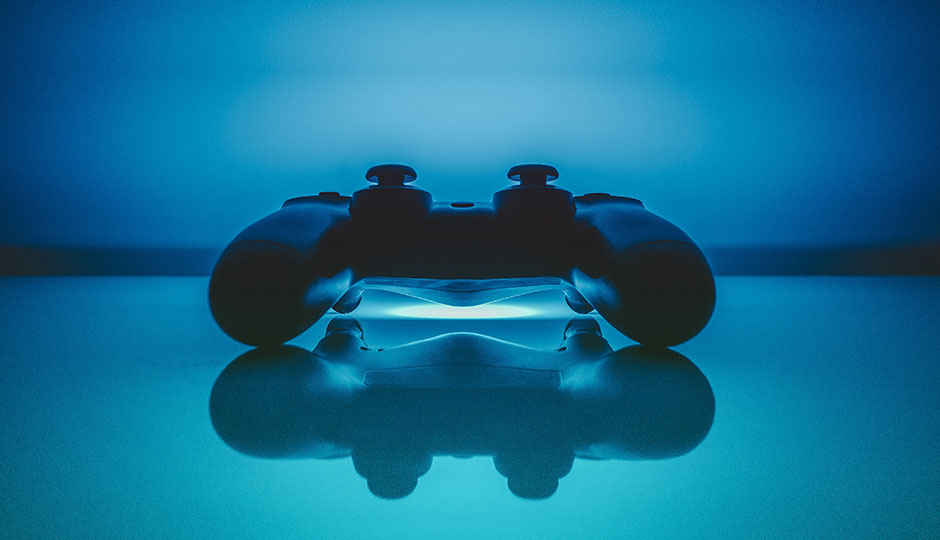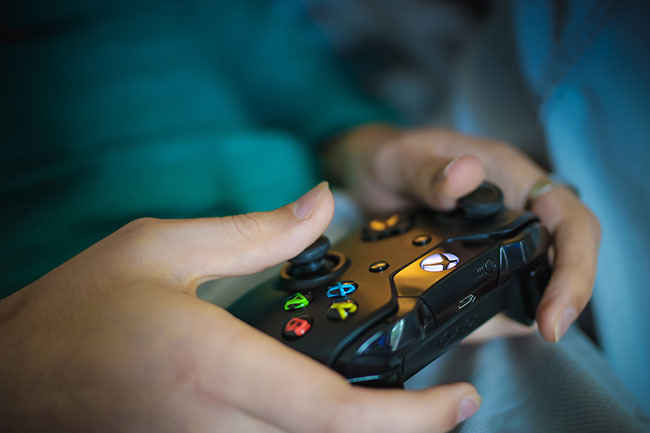
The universal symbol for gaming, a game controller is a device that’s normally used for, well, gaming! Because of that very broad description, a lot of devices can be categorised as game controllers, such as mice and keyboards, and controllers devised for very specific reasons, like steering wheels or gun-shaped controllers for shooting and even dancing pads for dancing games. However, the controllers we’re taking a look at here are the kind that first comes to mind when we think ‘controller’ – the generic kind we hold in hands and button-mash on. Game controllers have evolved a lot over the years. They’ve come a long way from humble beginnings where they had just one button and a dial. Nowadays controllers have multiple analogue sticks and buttons, directional pads, motion detection, and even touchscreens. The plethora of features also means it’s hard to decide which one to go for and which features will actually be of use to you, which is what you need to consider when looking for one.
What to consider
Compatibility
The first thing you need to consider when getting yourself a controller is its compatibility. Will it work with the gaming system you have, be it any of the popular consoles, a PC, or even your mobile device? Most controllers nowadays come with many connectivity options, ranging from wired USB to wireless Bluetooth. These options are available on both the latest versions of the DualShock controllers and the Xbox controllers. You also have to consider if it’ll work as intended. Even if it’s able to connect, there might be issues of compatibility between the controller’s firmware and the system you have. Be sure to check if they’re compatible or if there are easy solutions available to ensure compatibility.
Comfort
One of the most important factors to consider when picking out a controller is the comfort. This is a device that will be in your hands for hours on end. If it’s uncomfortable or causing you issues over long periods of use it’s a big no-no. Of course, anything used over long periods of time is a big no-no. Everything in moderation, right? Currently, most controllers adhere to a common layout: Two clickable analogue sticks, a D-pad, the four face buttons and a pair of trigger and shoulder buttons. This layout seems to be the norm when it comes to controllers and has remained the same for at least two console generations. However, newer features have been added to this layout over-time, such as the touchpad on the new DualShock and even the new under-buttons that have shown up on the Xbox One Elite controller. Of course, there’s always controllers that ‘break the meta’ so to speak, such as the Nintendo Wiimotes for example, but their use-case is very specific and they wouldn’t really work with games other than the ones on the Wii itself. Case in point the Switch Pro controller adheres to the common layout used by most controllers and JoyCons are simply a miniaturised and more portable version of the same. The layout is common to most handheld consoles as well, at least the popular ones.
Finally, consider preference. Some people have a genre preference when it comes to gaming and you ideally want a controller that’s good for that genre. Also consider hand-size, some might not prefer bulky controllers, but those with bigger hands might prefer it. There’s also the feel and travel of the buttons and even the sound they make, everyone has a preference when it comes to these things. Ultimately, you should go for what feels most comfy in your hands.

Build
If you want your controller to last longer than a few gaming sessions you have to consider the build. Emotions can often run high during gaming sessions, and as such, the controllers need to survive emotional outbreaks beset upon them. Consider this if you don’t want your controller to stop working if you drop it once by accident, or throw it at the screen purposely. There are a lot of third-party custom controller makers out there that sell their controllers at incredibly cheap prices, you need to watch out for those as they usually don’t last for more than two or three gaming sessions. Spending once on a reliable brand’s controller is a safer bet.
What not to consider
Over-complication
Avoid controllers that overwhelm you. If there’s too many buttons, half of which you probably won’t ever use, avoid it. Depending on the kind of games you play as well, or how hardcore a gamer you are, even an Xbox controller might seem overwhelming. Weird shapes and button placement: There’s plenty of these in the market and while they might look cool, they’re definitely not comfortable. But don’t take our word for it, there might be an unorthodox controller out there just right for you. Be sure to thoroughly try them out first before making the purchase. And if you can’t try them out, we say don’t bother. If you really, really, still want to get it, research it online as much as you can before you’re disappointed by it when it arrives at your doorstep.
Flashy paint jobs/design
There are some big companies that do custom paint jobs and flashy designs for popular controllers. These are fine but are far more expensive than their regular brethren. However, there are cheaper knock-off controllers that also come with flashy designs to lure in buyers. You want to avoid those like the plague. The most obvious standout will be the price, which will be significantly lower than even standard controller prices. You can still go for them if you want, as long as you’re willing to buy a new unit once every few months.
source:-.digit.







